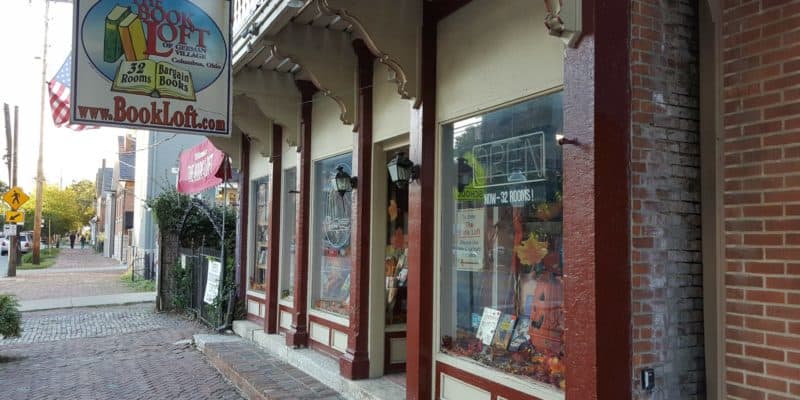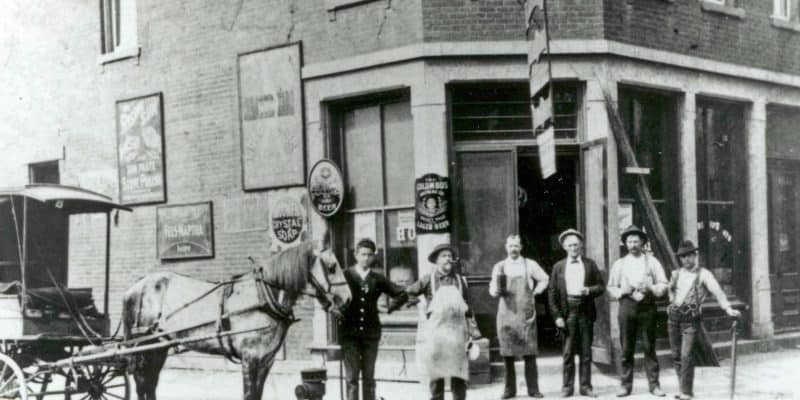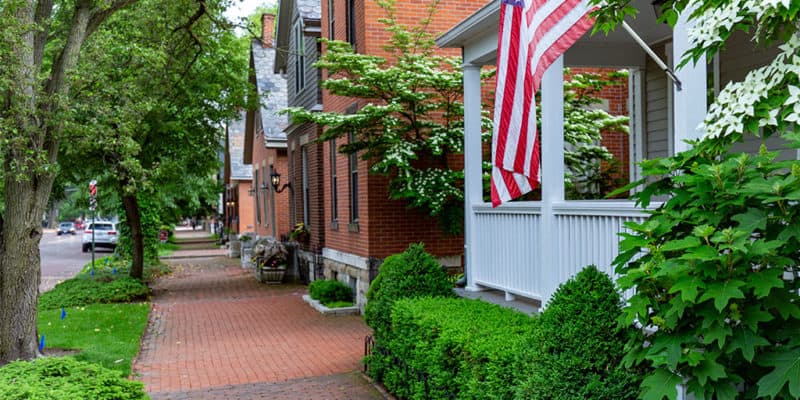About the Brewery District, Columbus, Ohio
Columbus’s Brewery District also called the Old German District, is on the Scioto River. The area is generally flat and is divided into four sub-areas or regions: the Northern Tier, the Southern Tier, the Whittier Street Peninsula, and the Transitional Tier.
The district’s river location made it a historically ideal location to operate breweries. In 1836, G.M. Hernacourt, Louis Hoster, and Jacob Silbernagel opened the area’s first brewery. Shortly after it was opened, Hoster took control of the brewery and ramped up beer production. Local businessmen noted Hoster’s success, and many breweries began to open in the area. Schlegel Bavarian Brewery and Born’s Capitol Brewery opened shortly after Hoster’s Brewery and remained open until prohibition.
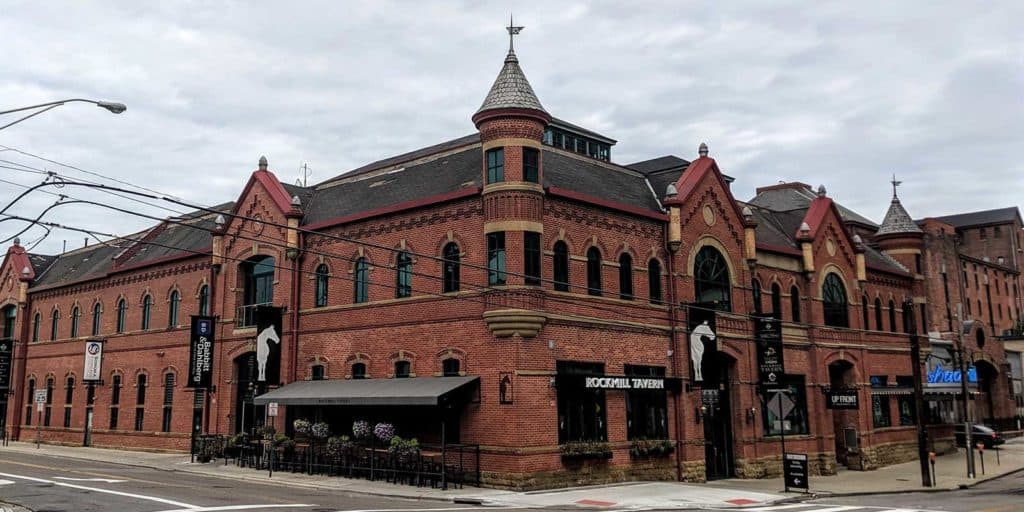
The new breweries in the district brought an influx of workers and families. New homes were built to accommodate the industry workers. The two most common styles of houses built then were Italianate-style homes and German-style brick homes. Many of these historic houses are still present today and can often be found in the local real estate market. In 1993, the Brewery District Commission was formed and tasked with preserving and protecting the unique architecture of the Brewery District. The unique architectural qualities of the area include curved windows and doors, wood moldings, and stone lintels.
During the American Civil War, the breweries of the Brewery District thrived. After the war, however, rampant modernization combined with an economic depression left many of the small breweries unable to keep up with the changing world and they began to close down. In 1904 some of the remaining larger breweries formed the Columbus Brewing Company. In 1919, Prohibition caused the closure of all breweries in the area. Local workers, mostly of German descent, were forced to leave the district in search of other jobs, and most of the brewery buildings were sold to other companies. Historical redevelopment of the area began in the 1990s and has reinvigorated the district into what it is today.
Brewery District Homes for Sale
The Brewery District offers many outstanding living choices for those purchasing property in the area. There are old renovated lofts, brick homes, new builds, and many other combinations you may want. Here are some of the latest listings in the area:
Distinct Areas
The four regions of the Brewery District are distinct. The Northern Tier, the closest to the river, is home to some of the district’s earliest buildings. Historic industrial buildings and German architecture define this area. The Southern Tier is mostly residential and contains many of classic German style homes. Real estate in this area provides options between modern houses and historical abodes. Whittier Street Peninsula, or the Oxbow, is inhabited mainly by manufacturing and government facilities. Finally, the Transitional Tier is a growing region with much development planned for the future.
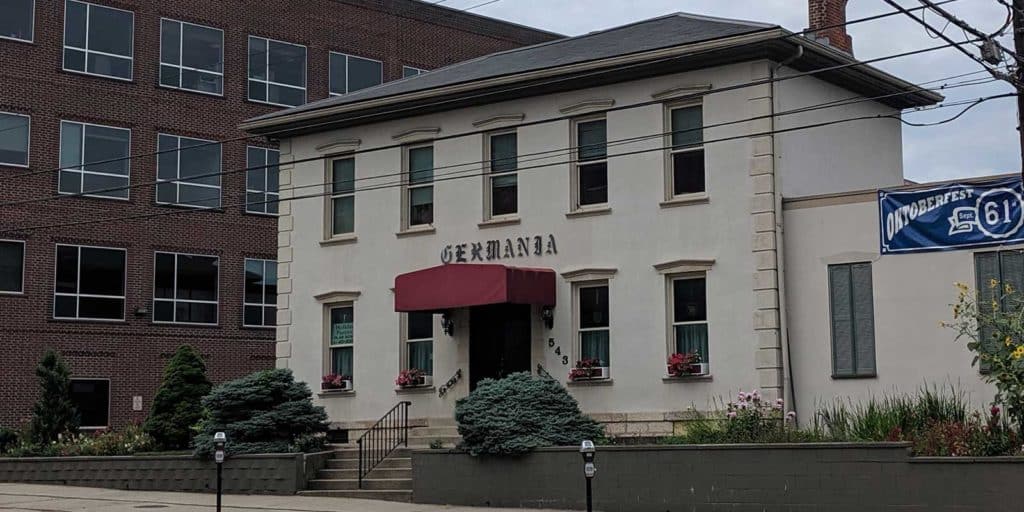
The Brewery District is a popular entertainment area in Columbus. Attractions include the Worly Building, which contains a theatre and bar complex, World of Beer, a winery, a nightclub, and a music venue. Additionally, there are several great dining options in the district, such as Section 8 Yakitorium and T. Murray’s Bar & Kitchen.
Proximity to German Village
German Village, especially its commercial area, is home to many great locally-owned eateries, such as Schmidt’s Sausage Haus, which has been in the village for over 120 years. The restaurant is still family-operated and has been featured on various television programs, including Man vs. Food. Spanish style cuisine can be found at Barcelona, a restaurant that also features the work of local artists. A more casual dining experience can be found at Katzinger’s Delicatessen, famous for its sandwiches.
The Village also houses several fine retailers. Franklin Art Glass Studios is one of the nation’s largest stained glass makers and displays the process for people to view. Other unique retailers in the area include a shop that specializes in European decorations, a bookstore that features 32 different rooms full of books, another bookstore styled like those found before the civil war, and a wine shop. The German Village is also home to Capital University, a private liberal arts and research university.
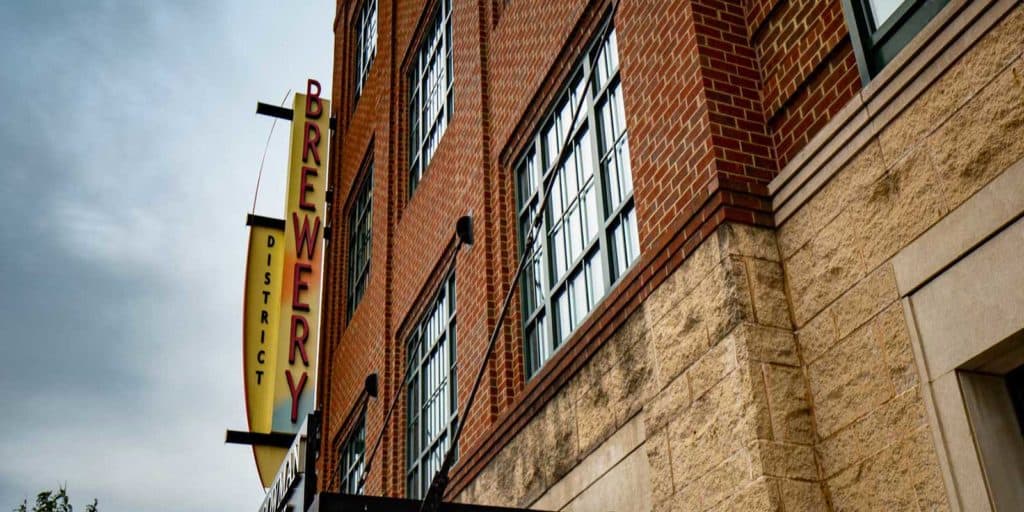
Housing in the German Village is readily available, as manufacturing has been kept out of the area. The German style homes are close together and feature classic style choices. Easy access to local parks is made up for the lack of large front yards. Schiller Park, which features the Huntington Gardens, has 23 acres of recreational facilities and wide open areas. An amphitheater is also located in the park and is used for free plays performed by the Actors’ Theatre of Columbus.
Brewery District Location Benefits
The Brewery District is literally a bridge crossing away from Downtown Columbus. Most importantly, it’s incredibly close to the downtown area of Columbus that has a lot happening. The Scioto Mile, Cosi, Columbus Commons, and many other new developments are within walking distance of the Brewery District. It really is a great neighborhood for someone that enjoys the quaint subtleties of German Village but wants the ability to explore a Downtown setting.
Brewery District Real Estate Conditions
If you are interested in purchasing a residence in the Brewery District or nearby area, please do not hesitate to contact us for help! After all, that’s what we’re here for! Learn more about us and enjoy the latest real estate market information below:

